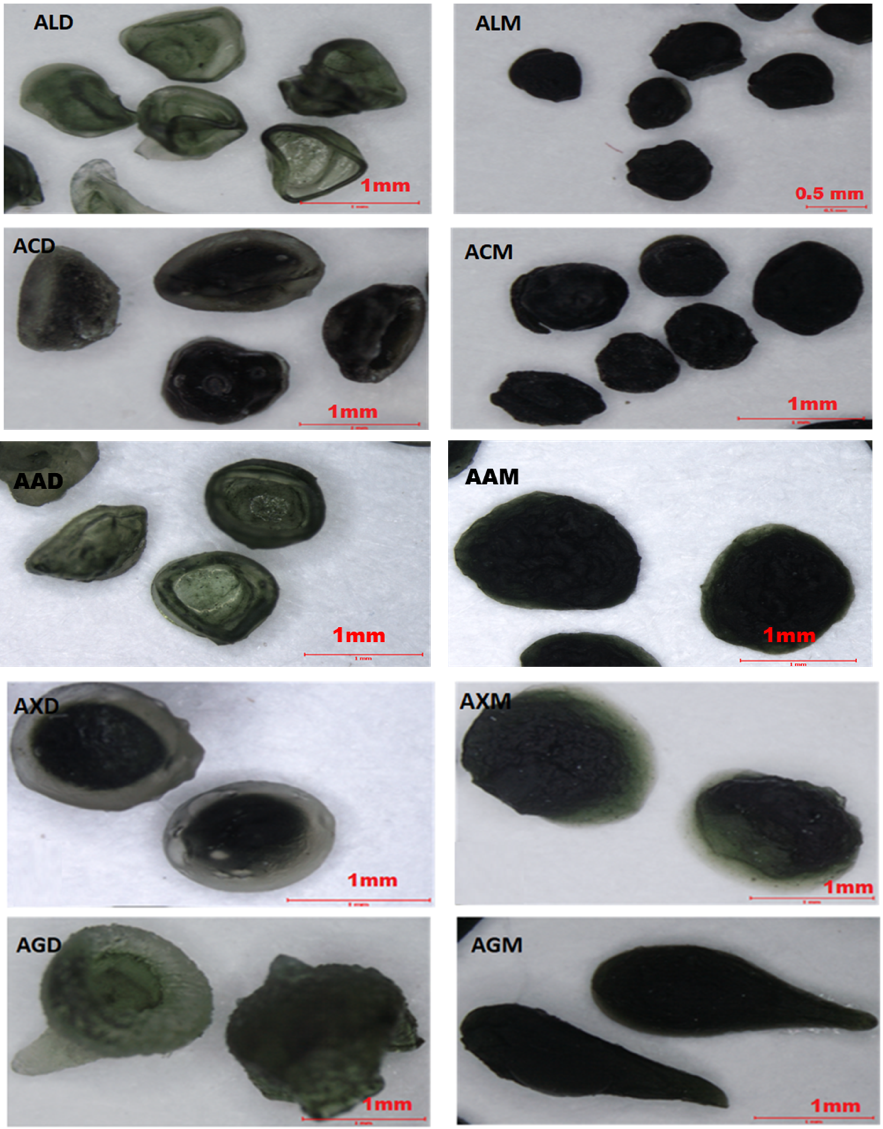Revista Mexicana de Ingeniería Química, Vol. 19, No. 3 (2020), Mat1019
Resistance of biopolymer capsules to sheep-ruminal fluid
|
J. B. Ponce-Noguez, L. Alamilla-Beltrán, R. F. Gómez-de-Anda, F. Villalobos-Castillejos, L. Dorantes-Alvarez, B. Nogueda-Torres, V. Pérez-Pérez, O. E. Del Razo-Rodríguez
https://doi.org/10.24275/rmiq/Mat1019
Abstract
 |
|
The resistance of polymeric capsules in sheep ruminal fluid was evaluated for possible application as a vehicle of bioactive agents to be released in the stage post-ruminal. Capsules were made by ionic gelation, using sodium alginate as wall material in combination with biopolymers and chlorophyll as a bioactive agent. Chlorophyll release and digestibility of biomaterials were evaluated in vitro conditions using sheep-ruminal fluid and digestibility in situ in a sheep with a fistula. The highest rumen digestibility (46.60 ± 3% in vitro and 46.30 ± 3% in situ) and lower release was the alginate-guar gum formulation in deposit-type capsules. It was evidenced that it is possible to use deposit-type capsules, formulated with biopolymers (alginate-xanthan gum or alginate-guar gum) to serve as a possible vehicle for bioactive agents and promoting the post-ruminal release in an ovine model for improvement in the quality of meat for the human consumption.
Keywords: Encapsulation, alginate, sheep, in situ digestibility, in vitro digestibility.
|
|
 |

